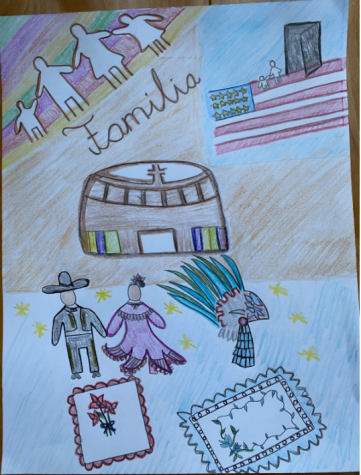Problematic historical figures

Photo courtesy of History.co.uk
There are so many significant figures throughout history that we look up to. We idolize them, look up to them as pillars of virtue. People we think of as almost above the usual standards of humanity, people better than the rest of us. Unfortunately, the reality of these icons often falls short.
For me, the most striking example of this is Gandhi. We all know Gandhi as the hero who sparked a movement to end British control of India, all without inflicting violence and becoming a worldwide symbol of peace. As an Indian myself, I really looked up to Gandhi and his movement. While these actions were undeniably meaningful and inspiring, Gandhi’s character was not as virtuous as most think it is.
Although Gandhi’s movement was not explicitly violent, some of his tactics were highly problematic. For example, he used anti-black sentiments in order to rally Indians. Gandhi made many statements alienating Africans, implying in his writing that the British were trying to “drag down” Indians to the same level as Africans. He spun a narrative that Indians were better than Black people, and deserved to be treated as such, in an attempt to motivate resistance against British rule. In various statements, Gandhi resorted to anti-black slurs and calling Black people “barbarous” and “useless.” It is difficult to imagine that these are the actions of a man who we know as someone who fought for liberation and civil rights.
Even more disturbing was his fascination with sexuality. Gandhi himself took an oath of chastity and urged other Indian men to do the same. While this may seem innocent, his “experiments” to test his self-control were definitely not. Gandhi would sleep in the same bed as well as bathe with naked women. These included complete strangers as well as his own family members, including his grand-niece. For decades, he had an obsession with sexual acts that grew to be extremely disturbing and problematic.
Gandhi is just one example of this problematic habit of idolizing historical figures without knowing their entire story. When it comes to icons such as the well-known philanthropist Mother Teresa, who used funds she raised for her own personal gain, it is easy to sweep their inexcusable actions under the rug in favor of painting them as icons .
The point of these examples is not to pass judgement about whether or not they were good or bad people. On the contrary, it is important to acknowledge both sides of these historical icons. Idolizing real people is not inherently wrong, but we still can (and should) hold them accountable for the communities or individuals they harmed.










Anonymous ~ Sep 25, 2021 at 4:10 pm
Why do we always have to view historical figures as heroes or villains? I think people need to be willing to criticize “good’ historical figures, and I hope this article can spark some interesting conversations! It really made me rethink some of my opinions.